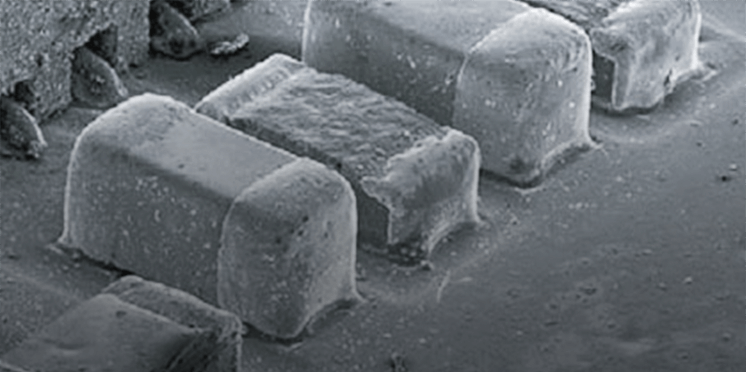低エネルギー電子顕微鏡
低エネルギー電子顕微鏡
low energy electron microscope, LEEM
[目次:理論(電子の散乱/回折/結像)]
入射電子線のエネルギーを電場で数ボルトから数百ボルトに低減して試料に照射し、試料から後方弾性散乱された電子を試料直上の電場で加速し、結像レンズによって拡大像をスクリーンもしくは撮像カメラによって観察する装置。空間分解能は5~10nm程度。結像レンズ系で回折パターンを形成し、絞りでLEED (low energy electron diffraction) の回折スポットを選択して暗視野像を得ることもできる。表面構造の研究に使われ、試料周りは超高真空に保たれる。また、結像系が同一なPEEM (photo emission electron microscope)の機能が付加されていることが多い。
A "LEEM (low energy electron microscope)" is an instrument to obtain a surface image of a specimen. The incident electron energy is reduced to several V to several 10 V, and elastically-backscattered electrons from a specimen are accelerated by an electric field just above the specimen. The formed image is enlarged by the imaging lens and observed through a screen or a camera. The spatial resolution of LEEM is 5 to 10 nm. A dark-field image can be obtained by selecting a diffraction spot of LEED (low energy electron diffraction) with an aperture. The specimen area is kept at an ultrahigh vacuum to obtain surface structural information. LEEM is often accompanied with a function of PEEM (photo emission electron microscope) which has the same imaging system as that of LEEM.
関連用語から探す
説明に「低エネルギー電子顕微鏡」が含まれている用語






